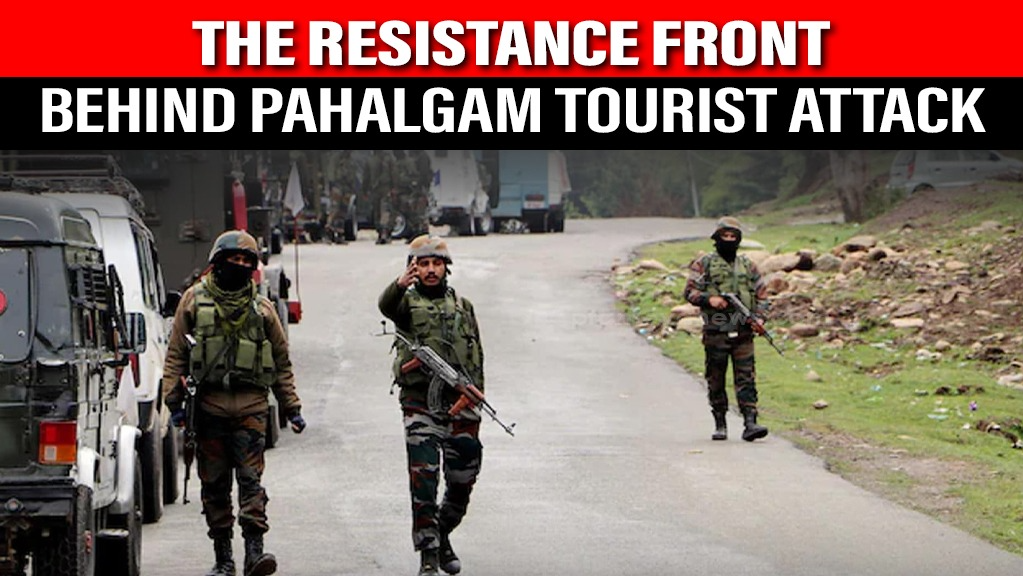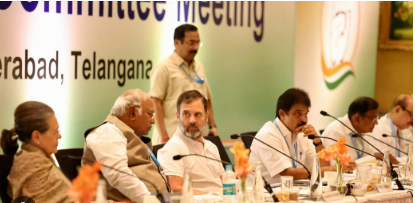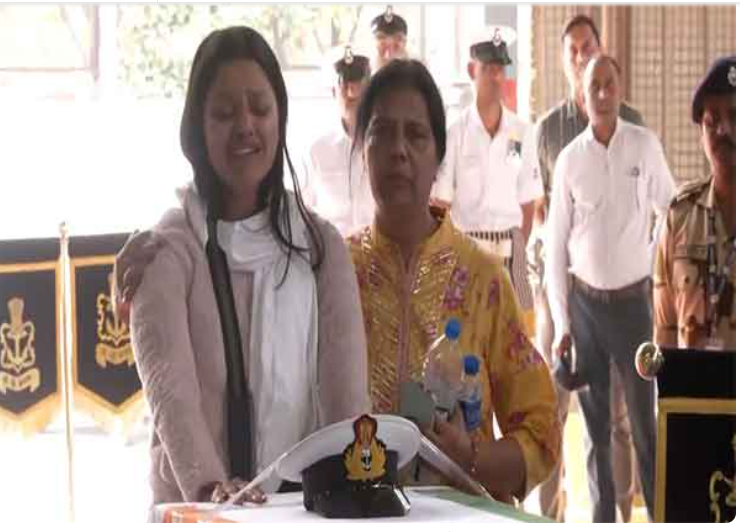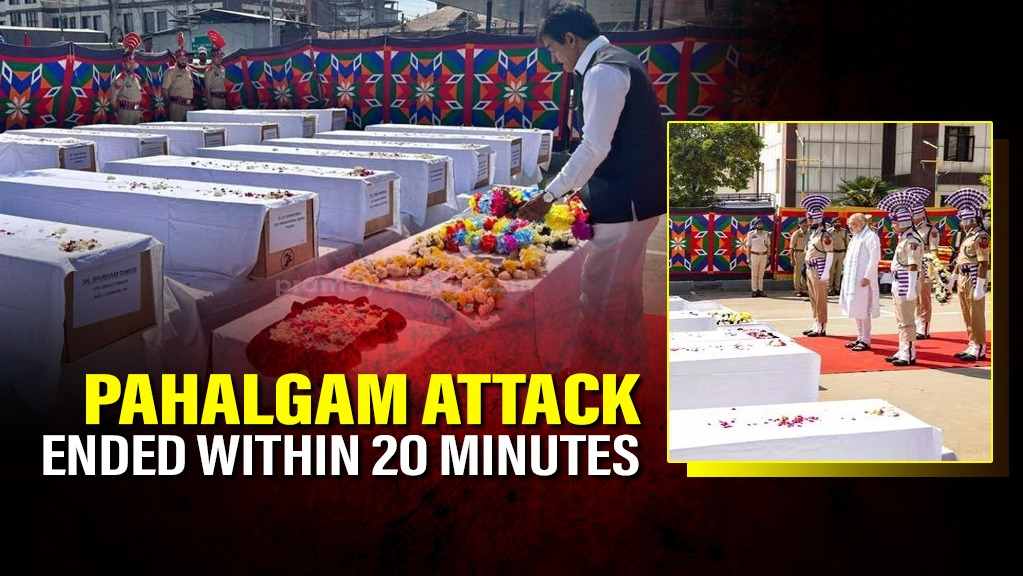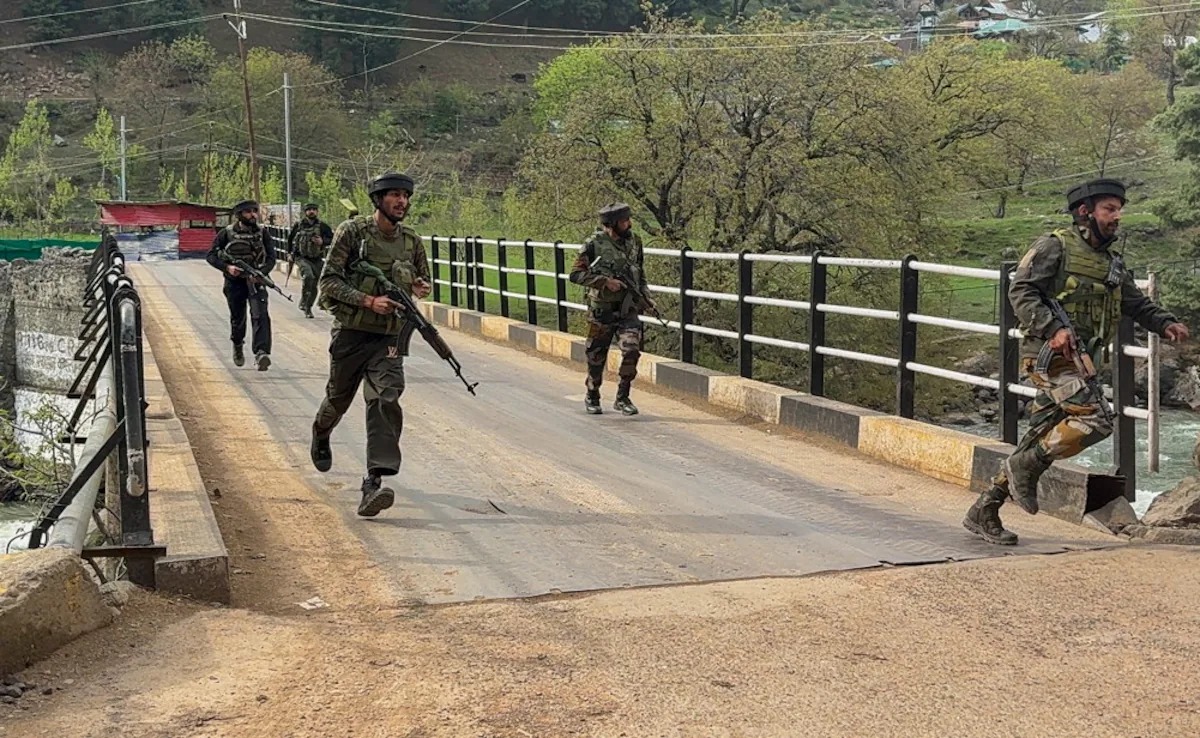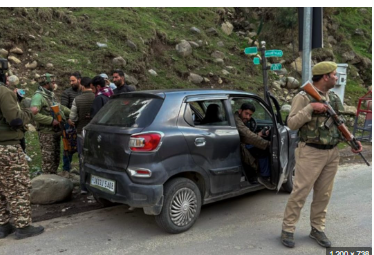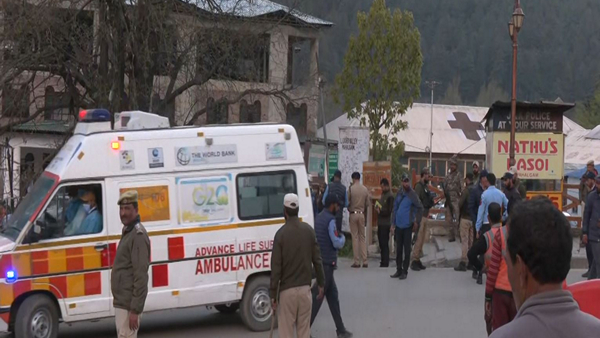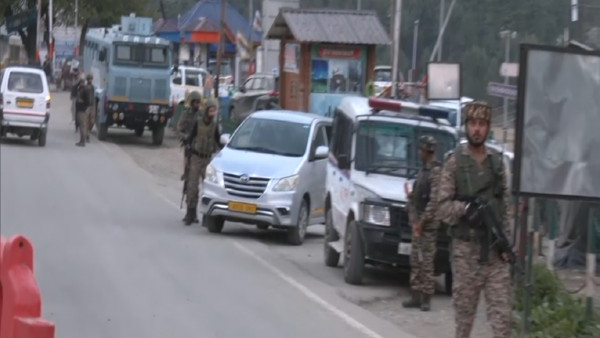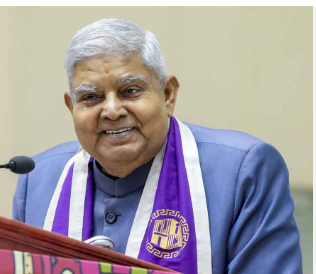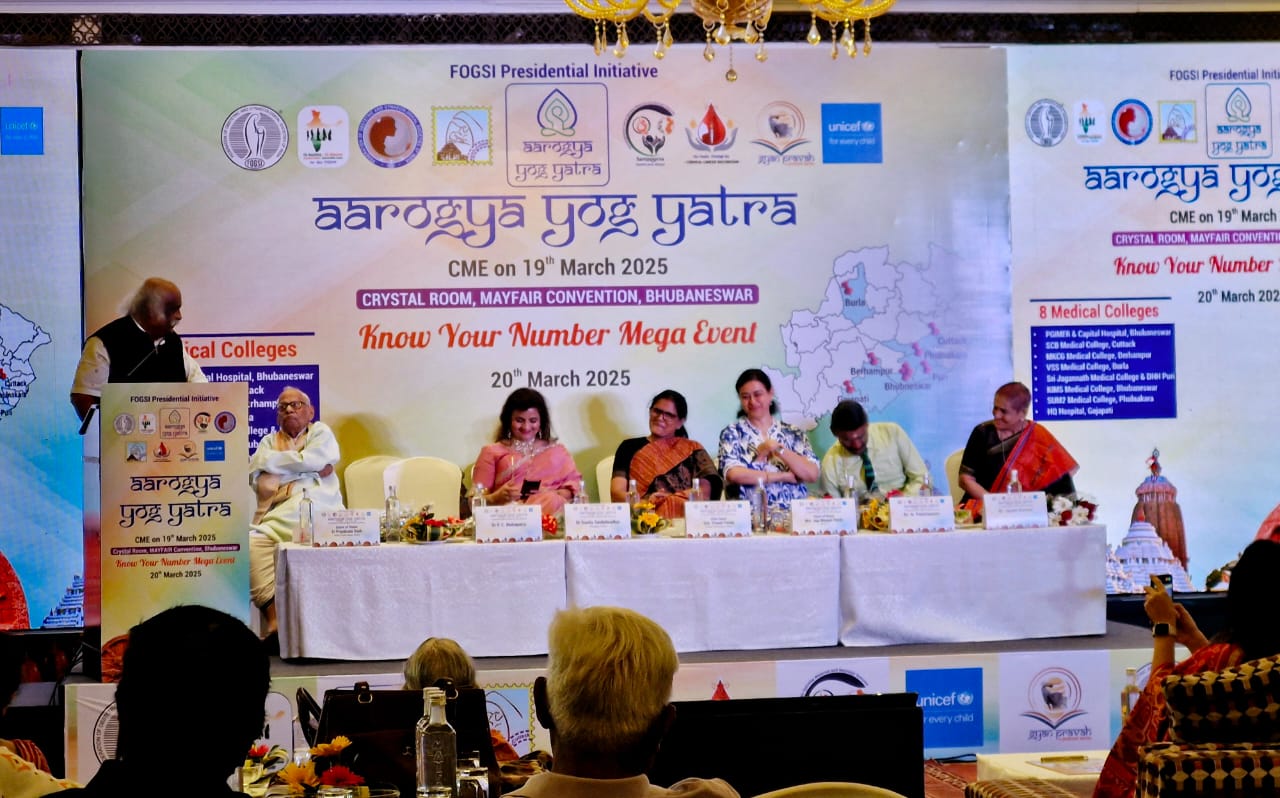The Resistance Front (TRF) and its Lashkar-e-Taiba Roots
Following the deadly terrorist attack on tourists in Pahalgam, Jammu and Kashmir, on April 22nd, 2025, responsibility was reportedly claimed by a group known as The Resistance Front (TRF). Identified by Indian authorities as a proxy outfit for the banned Pakistan-based Lashkar-e-Taiba (LeT), TRF's appearance and actions are a key part of how security in the region has changed since 2019.
Origins of TRF
The Resistance Front primarily surfaced as an online entity following the abrogation of Article 370 and the revocation of Jammu and Kashmir's special status by the Indian government in August 2019. Security officials indicate that TRF was conceived as a new facade for Lashkar-e-Taiba operations in the Valley. This rebranding served multiple strategic purposes for its handlers. Firstly, it aimed to distance militant activities from established groups like LeT and Jaish-e-Mohammad, whose overtly religious names carried specific connotations. Secondly, by adopting the term "Resistance," the group sought to portray the violence as an indigenous movement, potentially garnering more international sympathy or ambiguity compared to religiously named outfits. Thirdly, operating under a new name was perceived as a way to potentially circumvent international scrutiny, particularly from bodies like the Financial Action Task Force (FATF), which monitors terror financing. While other proxy names were reportedly floated, TRF became the most active, eventually taking shape on the ground by incorporating elements from various militant factions alongside LeT cadres.
Modus Operandi
TRF leverages modern communication methods alongside traditional terrorist tactics. According to India's Ministry of Home Affairs (MHA), the group actively recruits youth through online platforms, using social media for psychological operations aimed at inciting locals to join militant ranks against the Indian state. Beyond recruitment and propaganda, TRF has been implicated in planning and executing attacks on security personnel and civilians in Jammu and Kashmir. It is also accused of coordinating the transport and smuggling of weapons and narcotics from Pakistan to support militant activities within the Union Territory. In late 2022, the group gained notoriety for issuing direct threats against journalists and media houses in Kashmir, leading to several resignations from local publications. Starting in 2020, TRF began claiming responsibility for various attacks across the Kashmir Valley, often taking credit for incidents where traditionally established groups might have previously done so.
Designated as a Terrorist Organization
Recognizing the group's activities and links, the Indian government formally designated The Resistance Front (TRF) as a terrorist organization under the Unlawful Activities (Prevention) Act (UAPA) in January 2023. The MHA notification cited TRF's involvement in propaganda, recruitment, infiltration, smuggling, and planning killings as activities detrimental to India's security and sovereignty. The notification explicitly identified TRF as a proxy outfit of LeT. Furthermore, Sheikh Sajjad Gul, identified as a TRF commander, was individually designated as a terrorist under the UAPA's Fourth Schedule. This official ban placed TRF alongside other proscribed entities operating in the region.
The Resistance Front (TRF), which claimed responsibility for the recent devastating attack in Pahalgam, functions as a recognized proxy for the Pakistan-based Lashkar-e-Taiba. Its creation post-August 2019 appears to be a strategic move aimed at rebranding militancy in Kashmir, utilizing online platforms for recruitment and propaganda while continuing violent attacks on the ground. The Indian government's formal designation of TRF as a terrorist organization under the UAPA highlights its assessment of the group as a significant threat to regional security, directly linked to established cross-border terror networks.








